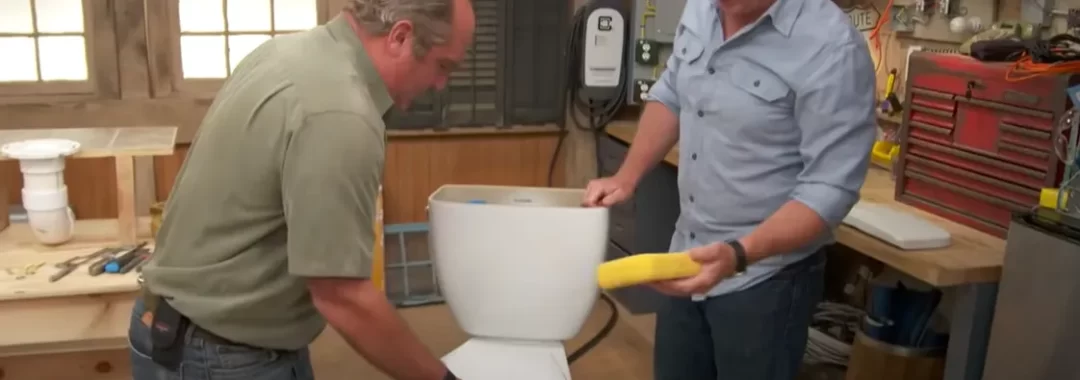If you want to learn how to replace a kitchen sink with a new one, watch the video to see the process from start to finish!
Step-by-Step Guide to removing and replacing your sink.
Remove old sink:
- Begin by removing the drain and detaching the garbage disposal (if you have one) from the bottom of the sink. Next, turn off the water supply and remove the clips that hold the sink in place. You can now lift your old sink out of the cabinet.
Prepare the new sink:
- Start by putting a coil of plumber’s putty on the drain basket and press it firmly in place.
- If you have a garbage disposal, install the garbage disposal mounting bracket on the underside of the sink.
- Next, install the fixture base plate to the top of the sink.
- Drop the faucet through the center opening and tighten the retaining nut at the bottom.
- Pass one end of the sprayer hose through the faucet and attach the end to the mixing valve at the bottom. Screw the rinsing wand on the other end of the hose.
- Finally, attach the water supply lines to the fixture.
Install the new sink into the counter:
- Apply a bead of silicone adhesive around the edge of the sink opening and set the sink in place. Then, wet your finger with some soapy water and smooth out the silicone.
- Lastly, reattach water supply lines and reattach the garbage disposal.
Remember, if you have any questions about replacing a new sink, ask one of our GNH Experts.

